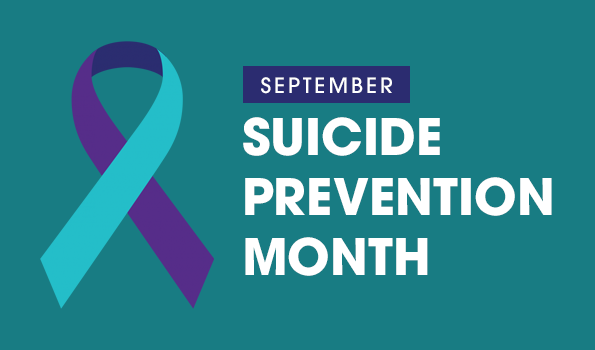September has been known nationwide to be Suicide Prevention Month since 2008. The month of September is a time to spread awareness to the devastating and heavy topic of suicide.
According to American Foundation of Suicide Prevention (AFSP) suicide is the recorded to be the 11th leading cause of death in the United States (U.S.). Just under 50,000 people a year in the U.S. take their own lives, according to the Centers for Disease Control and Prevention (CDC).
In honor of Suicide Prevention Month Corry has hung multiple posters expressing uplifting words to help those who are in a bad mental state. Also on Tuesday the 10th, the whole school was encouraged to wear purple to show support.
If you are concerned for someone here are just a few red flags listed by Karen Dunham, 6th and 7th school counselor and Corey Gibson, . “It is impossible to come up with a comprehensive list of warning signs, however, some red flags include: withdrawal from normal activities, personality/mood changes, holding in emotions, and making self harm statements.”
Dr. Brenton Song, psychiatrist at Corry Counseling of LECOM Health commented on some questions.
“One of the biggest red flags to look for are direct or indirect verbal cues about suicidal thoughts, whether in a conversation or on a social media site,” stated Song. “You should always take these cues seriously and consider action steps to help that person. Other warning signs include feelings of hopelessness, increased substance usage, withdrawal from others, dramatic mood changes, visiting people or calling to say goodbye, giving away possessions, and fatigue.”
Song continued by giving advice on how to help someone you’re worried about, “Be physically present for them, speaking with them on the phone when you can, or show your support for them in any other way,” Song said. “Increasing someone’s connectedness to others and limiting their isolation has shown to be a protective factor against suicide. Finally, help keep them safe, help them connect, and follow up with them. If you believe someone is in immediate danger, establish safety by calling for emergency help. Provide resources to those you’re worried about, like behavioral health provider information, and then follow up with them to see how they’re doing.”
If you are worried about someone you know their advice is to report your concerns. There are multiple help options available for all. There’s the U.S Suicide and Crisis Lifeline: just dial 988 and it’s available 24 hours each day. Also, there are behavioral health organizations like Corry Counseling of LECOM Health and others that you can reach out to.








